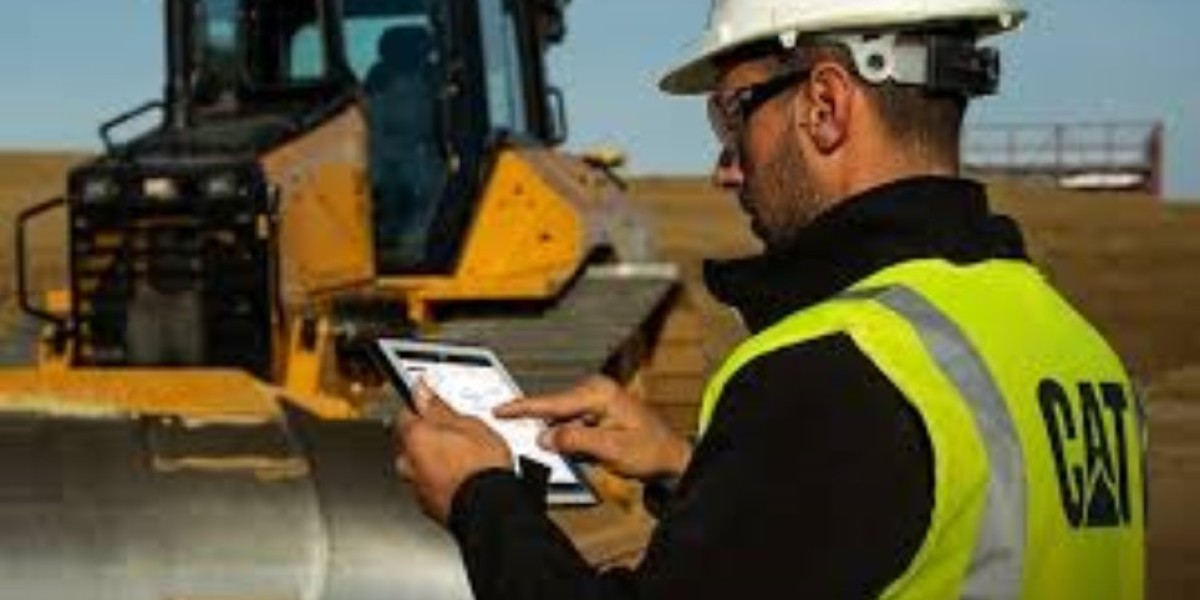Ship building companies the globe are stretching the boundaries of what can be achieved in contemporary marine engineering. They are no longer just building ships — they're creating floating powerhouses of efficiency, safety, and sustainability. With trade between nations projected to keep growing, these innovations are enabling the shipping industry to achieve greater standards of performance as well as respond to climate and environmental issues.
The maritime industry, as defined by the International Maritime Organization (IMO), transports approximately 80% of international trade in volume. With this much at stake, each new generation of vessels has to do better than the previous one in speed, fuel consumption, and ecopolicy.
The Evolution of Marine Engineering
In recent times, shipbuilding companies in UAE and other international shipbuilding centers have adopted a transition from old-fashioned craftsmanship to technology-oriented methods. Previously, the concentration was primarily on durability and capacity for carrying cargo. Now, the concentration has widened to encompass:
- Energy efficiency – Minimizing fuel usage and greenhouse gas emissions.
- Automation – Utilizing AI-based navigation and prediction-based maintenance.
- Sustainability – Adopting recyclable materials and cleaner construction procedures.
- Specialized vessel design – Creating ships tailored for industries like offshore wind and LNG transport.
Technology Driving Modern Shipbuilding
Modern marine engineering is being transformed by advanced tools and systems that make ship production faster, safer, and more precise.
- Computer-Aided Design (CAD) and 3D Modeling
Ship designers can now simulate a vessel’s performance before it’s built, avoiding costly errors. - Green Propulsion Systems
The IMO's target of cutting greenhouse gases by a minimum of 50% by 2050 against 2008 levels has spurred the industry in the direction of LNG, hydrogen fuel cell, and hybrid propulsion. - Smart Ship Technology
Monitoring in real time enables routes to be optimized, engine health tracked, and downtime minimized. Indeed, more than 40% of new commercial vessels in 2024 had some type of smart technology. - Automation and Robotics in Shipyards
From automated welding to artificial intelligence-powered inventory management, automation is reducing costs and increasing precision.
Sustainability: The Central Focus
Green regulations such as MARPOL and the Energy Efficiency Design Index (EEDI) are transforming shipbuilding. Shipbuilders are embracing:
- Hydrodynamic Hull Designs – Reducing fuel use by as much as 10%.
- New Lightweight Materials – Employing high-tensile steel and composites to enhance efficiency.
- Emission Control Systems – Scrubbers and gas cleaning to comply with sulfur restrictions.
As a good example, VU Marine has opted for green manufacturing, incorporating environmentally friendly propulsion equipment and recyclable materials in its designs.
Global Shipbuilding Market Trends
The industry is being driven by trade change, energy requirements, and environmental regulations.
- Ship manufacturing companies in UAE and the rest of Asia are recording increasing orders for LNG carriers as a result of international energy shifts. Clarkson Research documented a 40% rise in the number of LNG carrier orders in 2023.
- Offshore wind farm growth is generating high demand for service vessels with specialized skills.
- European shipyards are concentrating on high-tech, custom-designed vessels rather than mass production.
VU Marine: Innovation in Action
Of contemporary shipbuilders, VU Marine best exemplifies the integration of innovation and sustainability. They specialize in:
- Digital Shipbuilding – Fully integrated design-to-production processes.
- Eco-Optimized Vessels – Reduced emissions through innovative hull and propulsion design.
- Future-Ready Fuel Systems – Constructing ships compatible with hydrogen, ammonia, and LNG.
This pro-active strategy guarantees long-term adherence to international environmental norms.
The Role of Marine Services in Future Development
The transition to sustainable shipping has established a tighter connection between ship construction and marine services in UAE and other seafaring centers. Such services — ranging from maintenance and retrofitting to crew training — play an integral role in maintaining ships in line with changing rules and running at optimal levels.
Challenges Ahead
The sector still has challenges to overcome:
- Material Price Volatility – Steel price variability can influence budgets.
- Skill Shortages – AI, robotics, and green tech engineers are in great demand.
- Regulatory Compliance Costs – Compliance with new emission standards usually involves costly technology upgrades.
The Future of Shipbuilding
Marine engineering during the next decade will involve:
- Zero-Emission Ships using hydrogen or ammonia fuel.
- Autonomous Vessels for specific shipping routes.
- Circular Economy Practices, ship design to promote recycling.
Market projections see the global shipbuilding industry potentially growing to $190 billion by 2030, with green technology making up a significant portion.
Conclusion
From tankers to cutting-edge LNG ships, the business is revolutionizing how ships are being designed and constructed. Even top shipbuilding companies are now doing business with a two-pronged agenda: providing operational excellence while ensuring environmental sustainability.
VU Marine's case illustrates that with proper integration of technology, sustainability, and vision, shipbuilders are able to respond to contemporary requirements and anticipate an even more innovative age. The seas are always wide — but it is the task of this generation's marine engineers to travel them wisely.






